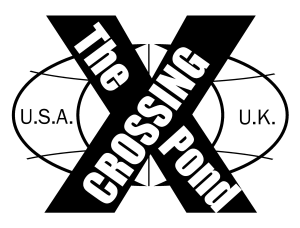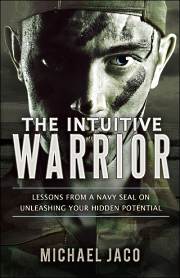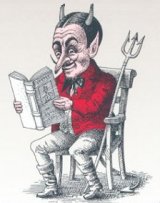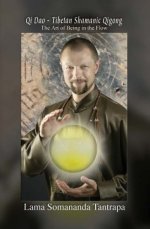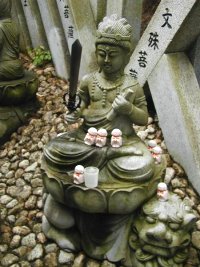
Manjusri, destroyer of illusion
Credit:
Jpatokal“Tell me, Subhuti,” Buddha inquired, “Can an arhat think to himself: ‘I have attained the realization of an arhat’?”
Subhuti, his disciple, replied, “Of course not. With such a thought, he would be grasping to the illusory notions of an ego, a personality, and an individual self. Any so-called arhat who holds these notions is a fake.”
~Diamond Sutra
The meaning of “investing in loss”, as originally recommended by the late Tai Chi master Cheng Man-Ching, was to neutralize a superior force through the practice of non-contention:
Now when I say, “Learn to invest in loss,” who is willing to do this? To invest in loss is to permit others to use force to attack while you don’t use even the slightest force to defend yourself. On the contrary, you lead an opponent’s force away so that it is useless.
Against genuinely applied force, the method is so difficult to apply that it usually fails; thus, it is called a loss. After becoming familiar with every misapplication of wuwei, the non-contention principle, one can eventually start using it correctly and effectively; thus, it is called an investment.
Investing in loss can be a tiresome and disheartening method, but it is a reliable one. Sadly, the term is often misapplied as a catch-all justification for fruitless endeavors. Not every loss qualifies as an investment.
